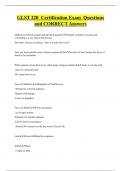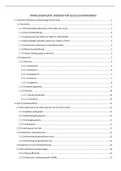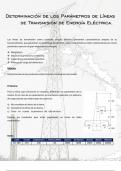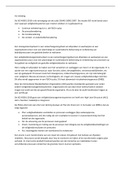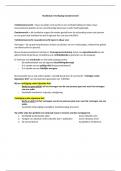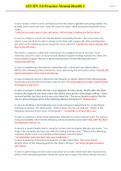Tentamen (uitwerkingen)
Test Bank for Biochemistry, 7th Edition by Garrett Grisham
- Vak
- Instelling
Test Bank for Biochemistry 7e 7th Edition by Charles M. Grisham, Reginald H. Garrett. Full Chapters test bank are included - Chapter 1 to 32 Part I: MOLECULAR COMPONENTS OF CELLS. 1. The Facts of Life: Chemistry is the Logic of Biological Phenomena 1. 2. Water: The Medium of Life. 3. Thermody...
[Meer zien]





